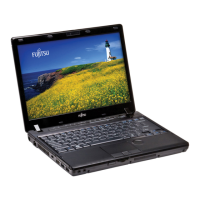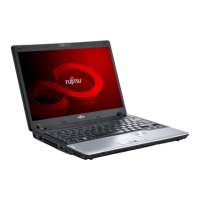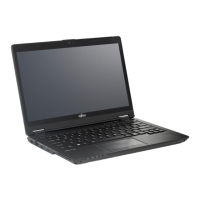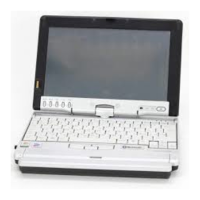82
- Device Ports
Universal Serial Bus Ports
HDMI Port
The three Universal Serial Bus (USB) 2.0 ports (two
on the left side, one on the right) allow you to
connect USB devices such as external floppy disk
drives, external DVD drives, game pads, pointing
devices, keyboards and/or speakers. USB 2.0 is
downward-compatible with USB 1.1 devices, so
older USB devices will work with these ports. USB
2.0 is a much faster design, running forty times
faster than USB 1.1.
In order to connect a USB device, follow these steps:
1 Align the connector with the port opening.
2 Push the connector into the port until it is seated.
Figure 32. Connecting a USB Device
The High-Definition Multimedia Interface (HDMI)
port is a digital audio/video interface over which
uncompressed streams can be transmitted. HDMI is
used to connect compatible digital devices with your
computer (such as big-screen TVs and video
recorders).
To connect an HDMI device:
1 Align the connector with the port opening.
2 Push the connector into the port until it is seated.
Figure 33. Connecting an HDMI Device

